What Are Diabetic Compression Socks?

Compression stockings and diabetes seem like an unlikely pair, but they are essential in protecting leg health. Compression stockings for diabetics are specially designed socks that improve the circulation of blood. This prevents the backflow of blood in the legs. Diabetic compression leggings are different from regular socks in that they are made of a stretchy fabric that is tailored to apply more pressure around the ligaments.
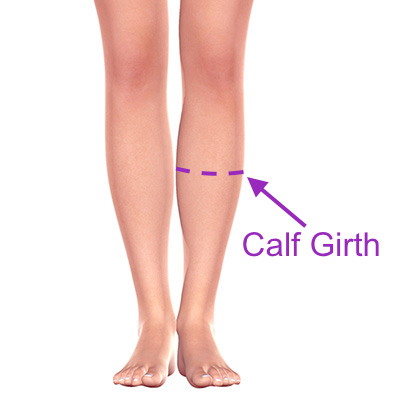
Looking to Buy a Pair of properly-sized Compression Socks?
Click the button below to see the lineup of ComproGear Compression Socks.
NOTE: The page includes a sizing chart and free returns, so you’re always sure to get the perfect size!

Why Compression Stockings?
Foot problems are more common in people who have diabetes than those who do not. It is one of the most common side effects that manifest itself in the form of pain and injury. Diabetes increases the chances of blood vessel and nerve damage which in turn can cause poor blood circulation, loss of sensation in affected areas, changing skin color, pain, and cramping.
When a diabetic develops blood vessel damage, it compromises the elasticity of valves in the veins of the legs. This causes adverse effects on the circulation of blood. This is because valves are responsible for opening and closing to let blood flow in the right direction.
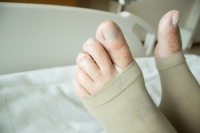
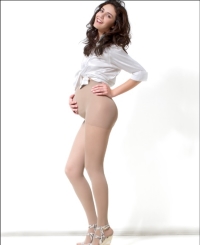
When the vessel walls weaken, valves pull apart which causes the blood to only flow backward, and not forward as it should. This causes the blood to pool at the feet. Such circulation problems lead to peripheral edema, a condition characterized by swollen feet, ankles, and legs.
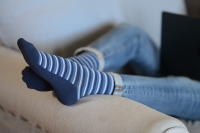
Diabetics are also prone to nerve damage in the feet which leads to a loss of sensation. Because of this, you may not notice bruises and injury to your legs and feet until they become infected which leads to the possibility of amputation. Compression stockings are the solution to preventing both of these conditions.
Related Articles about Compression Socks
These are the best compression socks for elderly based on our reviews of all the compression socks samples we received.
These are the best compression socks for nurses who work long shifts and are on their feet all day.
How Do Compression Stockings Work For Diabetics?
Compression socks have a special design that improves circulation by gently squeezing the foot and calf muscles. This straightens out the vein walls to help them work better. The graduated pressure design of compression stockings promotes blood flow to the limbs that are affected by diabetes. The commonly affected areas are the legs and feet.

The gentle compression improves the function of the valves by enhancing the opening and closing of the valves. This allows blood to flow upwards to the heart. The proper function of these valves prevents peripheral edema.
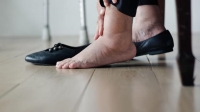
These socks are also responsible for promoting the flow of oxygenated blood in the arteries to the muscles so that they can relax. Because of the gentle pressure that they apply on the skin, they are also good for repairing nerve damage. This increases sensitivity.
Those that are extra-padded prevent cuts and bruises to the legs. Other variations with moisture-wicking and antibacterial properties help prevent sores, wounds, and infections.
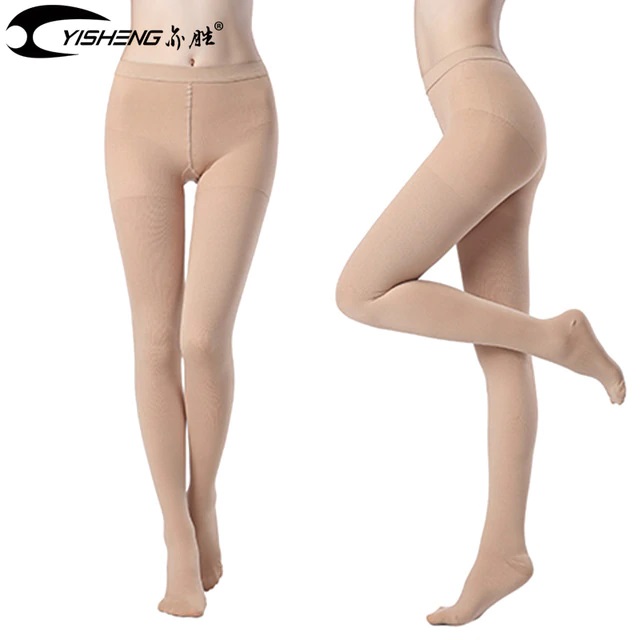
Moreover, through improving circulation, these stockings reduce the risk of developing blood clots, and Deep Vein Thrombosis or DVT. Blood clots pose the treat of traveling to your lungs through the bloodstream to cause a Pulmonary Embolism (PE). This is a primary cause of heart attacks.
Compression stockings are a non-invasive way of treating diabetic patients with poor circulation.

Looking to Buy a Pair of properly-sized Compression Socks?
Click the button below to see the lineup of ComproGear Compression Socks.
NOTE: The page includes a sizing chart and free returns, so you’re always sure to get the perfect size!
Popular Articles on ComproGear
The Women’s Sex Toy That’s Sweeping The Nation, The Rose Toy Rose Toy Official: The Rose Toy Official Website
Considering a Car Air Purifier? We Review The Best Air Purifier for Cars for Cleaner Air and Better Health
What Are The Best Socks For Circulation? We Rank the Best Socks to Help with Circulation including Compression Socks
How Long To Wear Compression Socks for Edema? See the Edema Compression Socks Before and After Pictures and Judge for Yourself.
Plus Size Compression Socks Now Available in XL 2XL 3XL 4XL 5XL 6XL for Big Legs
Sit All Day At Work? We Review The Best Compression Socks For Sitting All Day Including Compression Socks Sizing and mmHg Rating
Who Should Wear Compression Stockings?

It is important to note that not every patient with diabetes needs compression socks. There are rare instances where diabetes patients will only hardly show any signs of peripheral edema. These are often recently-diagnosed patients. Normally, this type of patient does not need compression stockings. If they do, they do not need to wear them as frequently.
Diabetic patients who need compression stockings have the following symptoms:
- Regular and excessive pain in the legs and feet.
- Swollen feet and legs.
- Limbs that start to feel heavy.
- The skin around the swelling feels tight and warm.
- Difficulty in moving the joints around the affected area.
- Tautness in the surrounding area.
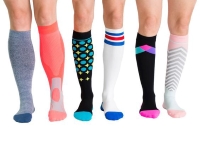
Of course, this is just a guide for anyone who is contemplating whether to buy or wear compression stockings. Essentially, diabetic compression socks can be worn by anyone who wants to relieve pressure from their limbs, especially legs and feet.

Which Compression Stockings Are Best For Diabetics?
There are many forms of compression socks in the market today. Your diabetics care expert will recommend a pair depending on the level of pain or poor circulation that you face. There are three main types of compression stockings available to diabetic patients.
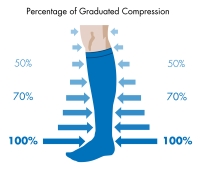
Over-the-Counter Compression Socks
The first is Over-the-Counter Compression Socks. If you do not have the option of buying compression stockings with your insurance, then you can buy them over-the-counter. They are found at local pharmacies, farmers’ markets, and online platforms.
These stockings offer light compression on the feet and legs. Studies have shown that they reduce swelling in mild conditions of peripheral edema.
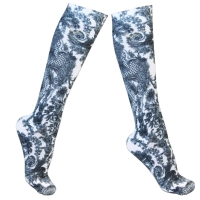
Over-the-counter compression stockings do not need to be fitted by a professional. However, you should always bring a pair of comfortable shoes for fitting as they are thicker than the average gym sock.

Looking to Buy a Pair of properly-sized Compression Socks?
Click the button below to see the lineup of ComproGear Compression Socks.
NOTE: The page includes a sizing chart and free returns, so you’re always sure to get the perfect size!
Prescription-Strength Compression Socks
The second option is Prescription-Strength Compression Socks. The term ‘strength’ here is used to describe the amount of compression. Prescription stockings are designed with different amounts of compression. This compression is measured as millimeters of mercury (mmHg).
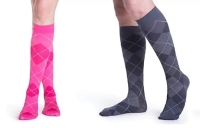
Prescription compression stockings also come at different lengths. They include below-the-knee socks, thigh-high hose, and full-length pantyhose. If your insurance covers the cost of compression stockings, then you can get them at a good price using a prescription.
However, this option of compression stockings requires professional measurements for fitting. A diabetics caregiver is may conduct this measurement. If not, you can get fitted at a medical supply store. The best fit is entirely dependent on the amount of compression.
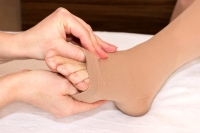
Compression Socks With Diabetes-Specific Features
The last option is Compression Socks With Diabetes-Specific Features. This option is the best for diabetic patients. This is because they are specially designed to control other symptoms of diabetes.
This type of compression stockings is seamless. Because people with diabetes may suffer from nerve damage, they may not feel irritations or wounds that develop at the seam. if these wounds go unnoticed, they become infected. Seamless compression stockings prevent this.
Some compression socks with diabetes-specific features also have open toes that allow you to inspect your feet for sores and cuts easily. These socks are also made to absorb moisture easily in order to prevent bacterial infections.

Benefits of Diabetic Compression Socks
Diabetic patients can benefit from compression stockings in several ways. First, they are great for improving circulation from the legs to the heart. Compression wear was first developed to aid medical issues affecting the veins. In diabetic patients, it improves blood circulation and oxygenation of blood.
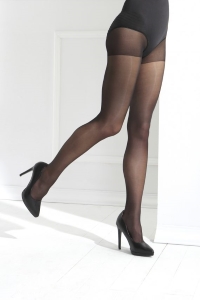
In relation to this, you can expect better muscle support. The pressure provided by this type of stockings ensures that muscles stay put. This reduces the chances of getting injured.
Another benefit of compression wear for diabetics is improved proprioception. Proprioception is the awareness of the position of your body within the surroundings. This improves your stability, stance, posture, and even agility.
Lastly, you can expect quicker recovery after you start wearing compression socks. Depending on how frequently you wear them, compression socks quickly reduce symptoms of peripheral edema.
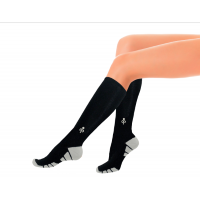
Tips For Wearing Compression Socks
Compression Socks for Men and Compression Socks for Women are usually the same thing.
What counts when choosing the best compression socks for swelling is getting the proper size medical grade compression socks.
If you are new to compression stockings, then you probably do not know much about how frequent they should be worn, if they can only be worn on one side, if it is safe to sleep in them, and other logistics. This is the case for many diabetic patients because compression treatment is not the first line of defense for diabetes side effects. Whether you bought them over-the-counter or they were prescribed to you, you can use the following tips to get the most out of them.
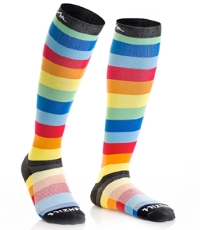
- Start In The Morning
Legs are often least swollen in the morning. Therefore, this is the right time to put on your compression stockings. If you have already moved around or need to take a shower, lie down and elevate your legs before putting the socks on.
- Prepare Your Legs
Unlike regular socks, you should not put on compression stockings without first prepping your legs. Compression socks apply more pressure to the legs than regular types of socks. Since your legs are not used to this, you should conduct a short prep before wearing them.
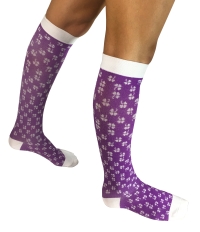
Start with a thin layer of lotion to help them slide up easily. You can also add a thin layer of baby powder to the calves to help the stockings slid up more easily.

If you are still having trouble pulling them up, try putting on a pair of rubber gloves. Rubber gloves, like the ones used when washing dishes, will give you a better grip on the stockings.
- Examine The Pressure
A good pair of compression stockings should feel tightest at your ankles. The pressure should slowly decrease moving up to your calves. As for length, the recommended height to go is two inches below or above the knee. At first, they should feel tight and uncomfortable, but after a while, a good pair of compression stockings should become more comfortable to wear.

- Conduct Daily Checks
Always conduct daily checks throughout the day to ensure that they are smooth. Smooth out any wrinkles to optimize maximum pressure.
Care For Your Stockings
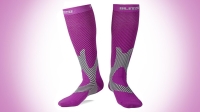
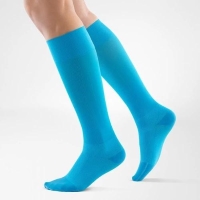
Lastly, a large part of wearing compression stocking is taking care of them. If you care for them properly, a pair of compression socks will last up to 6 months. However, it is always advisable to have two pairs of compression socks for swapping out every other day.
Moreover, when it is time for bed, take them off. It is best to handwash the stockings with regular soap and lukewarm water. In addition, set them in a place with free circulation of air to dry.
Finally, always make sure that compression stockings are dry before you wear them. In the event that they have not dried properly, fan them with a hairdryer for a few minutes until they are dry.

Looking to Buy a Pair of properly-sized Compression Socks?
Click the button below to see the lineup of ComproGear Compression Socks.
NOTE: The page includes a sizing chart and free returns, so you’re always sure to get the perfect size!
This page last updated July 3, 2022
